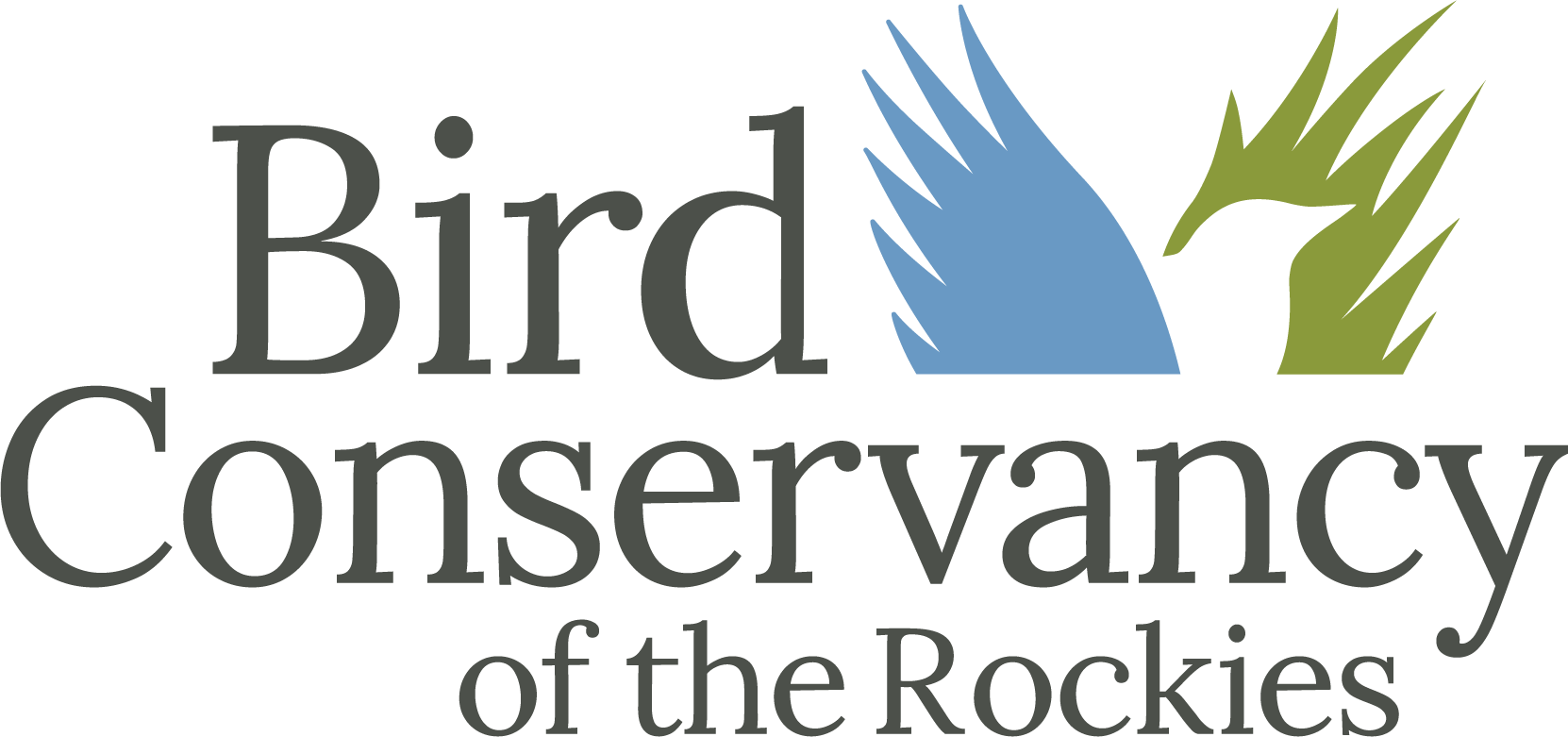Bird Conservancy Science Director, Brandt Ryder, shares his personal stories about the special people, events, and ideas that have sparked his lifelong passion for bird conservation.
The deserts and canyons of the American Southwest are home to an array of unusual and captivating wildlife. Among these amazing animals is a species that’s easy to overlook—but not because it’s ordinary. Quite the opposite! Literally pint-sized and weighing less than a golf ball, if you weren’t looking carefully, you could easily miss the world’s smallest owl.
Since 1970, less than a single lifetime, North America has lost more than one in four of its birds, according to a report in the world’s leading scientific journal. New findings just published in the journal Science confirm staggering losses among birds. Based on nearly 50 years of data, this research for the first time quantifies a long-developing but overlooked ecological crisis.
Conservation Birding Tours combine world-class birding with science education to raise awareness of continentally-important bird areas. In March 2019, Bird Conservancy led a trip to West Mexico to explore the abundant and diverse avifauna of this unique region. Today’s post shares some highlights from this once-in-a-lifetime experience.
After six years, nine states and over 200 surveys, IMBCR technician Mike McCloy shares his perspective on the importance of counting birds to conservation, the challenges and joys of being a field tech, and how he (and the landscapes he traverses) have changed.
For over ten years, private landowners have been granting permission for Bird Conservancy to conduct bird surveys on their land. These partners in conservation enable us to learn about bird populations across the whole landscape, beyond public lands. Equally important are the lasting friendships that often form between our staff and the landowners as they bond over birds, landscapes and the stewardship values we share.
Nineteen Mennonite students from Cuauhtémoc recently joined us in the field and experienced a day in the life of bird biologists. Representing a vital piece of the conservation puzzle in Chihuahua, their visit opens new pathways for awareness, conversation and collaboration to help grassland birds on Mexico’s wintering grounds.
Barr Lake’s fall banding station had an incredible season with 1,902 individual birds caught last year—more than any year in over a decade! The station celebrates another chapter of educating visitors of all ages about the importance of birds in our lives, while also contributing to our understanding of bird distribution, population levels, and conservation needs at key migration stopover habitat.
This year marks the 119th year for the Audubon Christmas Bird Count (CBC), where volunteers across the country came out to add to a century of community science data. Bird Conservancy of the Rockies helped organize two local CBCs at Barr Lake and Fort Collins, and we are excited to provide this report from the field!
2018 marks our eighth season banding Northern Saw-whet Owls in the western Dakotas and gathering useful data about the migratory habits of this charismatic species.


